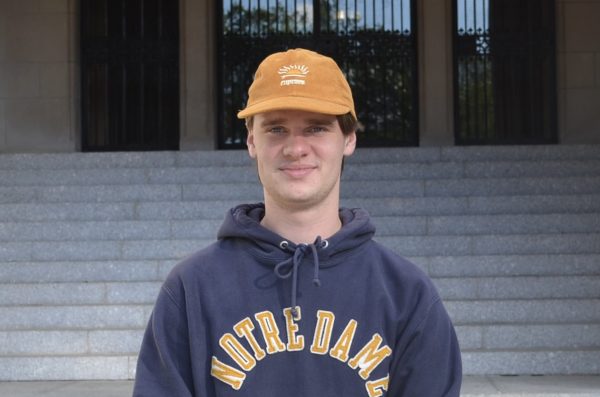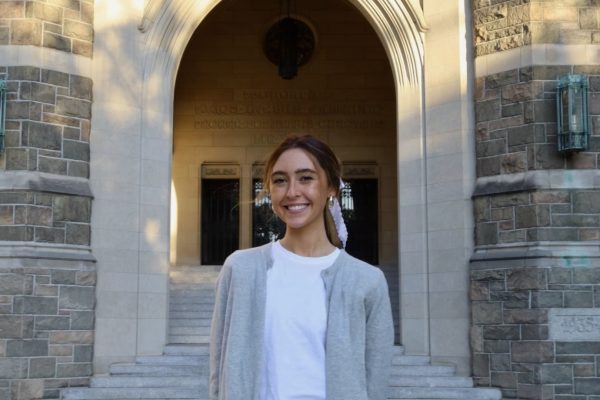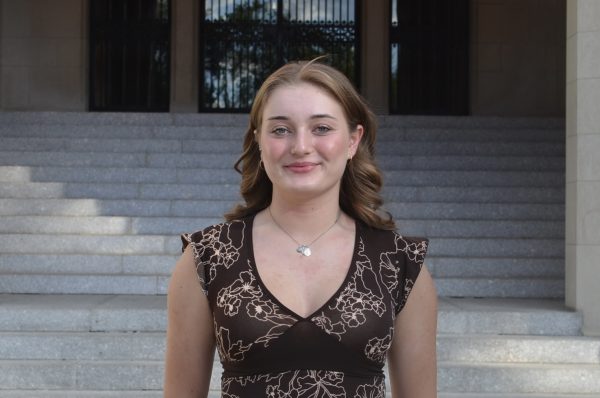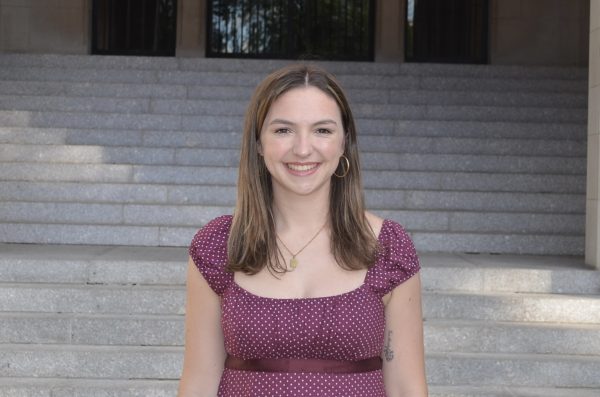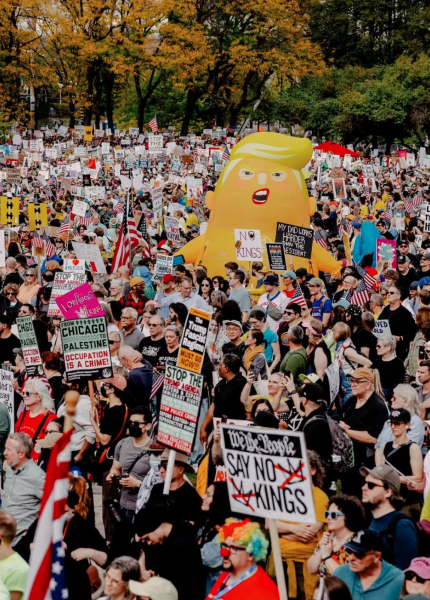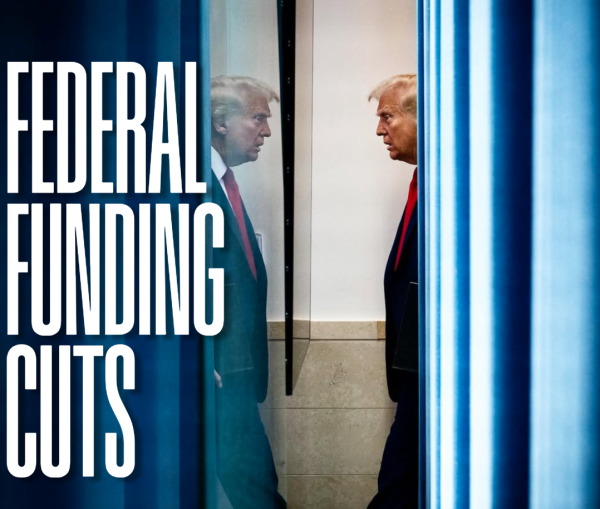Women in Politics
By Helen Stevenson
Kamala Harris, Elizabeth Warren, Kirsten Gillibrand and Tulsi Gabbard are all running for president in 2020: an unprecedented amount of women so early in the election cycle.
Being a woman in politics is impressive, inspiring and super cool. What is not super cool is the way the media often treats women in politics. But, I think the best way to combat this inherent bias against female candidates in the media is to understand it.
The United States has seen very few women as presidential candidates. In the 1972 election, Shirley Chisholm became the first woman to run for the oval office and in 2016, Hillary Clinton was the first woman to secure a major party nomination. Though obviously, the situation is not ideal, it makes sense that female candidates are often misrepresented due to their “solo status.”
“Solo status” applies when a group of people is alike in some way and few are clearly different. The minority group of people has a higher chance of being unfairly stereotyped. For example, if you are looking at a group of candidates, you are more likely to stereotype one woman in a group of ten men.
This phenomenon often plays out in news coverage: according to a study by Michelle C. Bligh, female candidates’ traits are more often described in media with feminine, gender-stereotyped language such as “gentle,” “warm” or “soft.” While these qualities are not necessarily negative, they are not qualities that would describe an effective and strong leader.
Luckily, there are already an unprecedented amount of women running in 2020. It will be harder to stereotype these women because of their diverse set of ideas, policies and “calls to action.” Still, be sure to look out for those subtle hints of gender bias.
Beyond gender stereotypes, newscasters and the media spend an inordinate amount of time discussing the way female candidates talk, dress and look. According to author Monica C. Schneider, studies of female representation in the media “have found that women are less likely than are men to have their positions on public policy issues covered by news media, despite the fact that women candidates are more likely than are men candidates to make issues a cornerstone of their campaigns.”
The media has a tendency to represent these politicians with a concentration on their gender instead of their political platform. As a result, consumers and voters tend to pay less attention to the campaign itself.
It is also important to understand the effects of female representation in politics. The treatment of female politicians in the media is ultimately harmful to voter perception, but arguably more important is its influence on how women view their role in the political climate.
Research in representation has acknowledged that a “masculinized ethos” of politics has the potential to discourage women’s political participation. For example, 25 percent of women and 40 percent of men see themselves as “very qualified” to hold political office.
Young women newly involved in politics will see the way female politicians are treated by the media in 2020. I am not saying that you must (or even should) support Harris, Warren, Gillibrand or Gabbard for president. But even though it is easy to assign labels and organize people into their gender roles, it is simply not fair.
I believe news organizations, The Ram included, have a responsibility in 2020 to take female politicians seriously. I do not care what color suit a presidential candidate wore and I do not care how she is planning to take care of her kids if she is elected.
If these organizations fall short in 2020, we must ignore gendered stereotypes and focus on the platform of each candidate. We have to: for the fairness of our elections and the future of young women in the United States.




































































































































































































